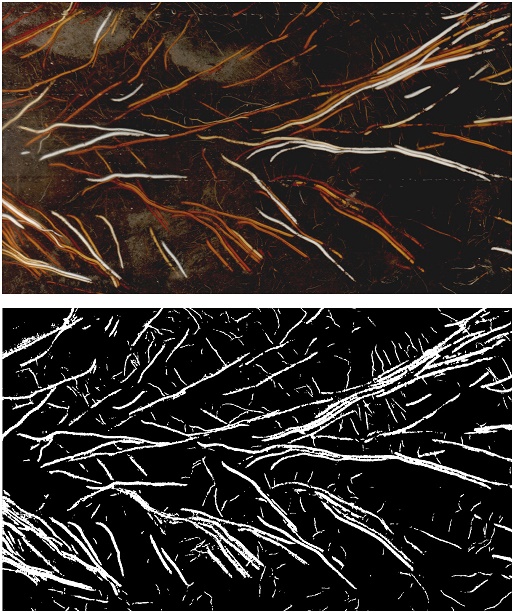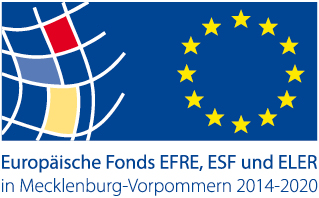Machine vision has made significant progress in the accuracy and possible complexity of visual recognition tasks in the recent years. Particularly due to the development of deep convolutional neural networks (DCNNs), machines can achieve and sometimes even exceed human-like performance in classification tasks. Experts usually first categorize the image data, which is then used to train an artificial neural network. This process is known as supervised learning. One disadvantage is that large quantities of classified learning material of the appropriate quality are required.
In the field of biological research and application, state-of-the-art algorithms based on neural networks are still not or only insufficiently established. So e.g. only the described supervised learning is used for many problems. Furthermore, the complexity of the methods used usually does not go beyond simple classification networks, which cannot be used in scenarios in which objects still have to be found in the overall picture (object detection).
Relatively unexplored, but very promising, is the combination of information from a wide range of sources in connection with deep learning, such as fusing conventional image data with infrared or acoustic sensors to improve accuracy. Exploiting temporal and spatial relationships in similar and different data sources is also a research objective.
The Fraunhofer IGD's "Deep Learning" sub-project addresses these points. The focus is to move gradually from "supervised" towards "semi-supervised" and maybe even to "unsupervised" methods, so that only a small part of the data, pre-classified by humans is used for the training, or perhaps even none at all. This not only increases the efficiency during use, but also opens up new fields of application for the then universally usable processes. In addition, simple classification networks are to be functionally expanded so that the previously required pre-selection of parts of the picture to be classified is eliminated.
Highly relevant for this subproject is the development of automated methods for the detection of objects in an image, which is required, e.g when counting pollen within a microscope image. The subsequent segmentation that separates the detected objects from the background should also be considered. The target here is to refine the object edges from surrounding rectangles towards contours (automatic segmentation). This way the detected objects can be passed on to experts and other IT tools.



